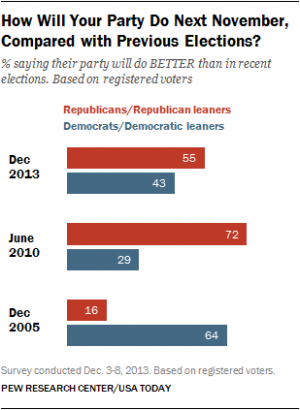7 facts about the Nov. 4 US midterm elections

The Pew Research Center is predicting a lower turnout than in 2012, and “and Democrats are likely to suffer accordingly.”
- At stake on the national level is which party will control the Senate and the House of Representatives.
While an administration’s foreign policy may influence voter’s choices, control of Senate and the House will largely weigh heavily on domestic issues such as income inequality, minimum wage, affordable health care, gun control, environmental policies, immigration reform, and the like.
The Congressional election results could eventually have an effect on US foreign policy mainly on budget decisions affecting military spending and foreign aid. Control of Congress will also affect the ratification of international environmental, economic and military treaties.
- Senate elections
Polls are predicting that Republicans are likely to win at least the six seats required to give them control of the Senate, giving the party the full capacity to block or defeat the president’s legislative agenda.

Currently, 53 Democrats and 45 Republicans are in the US Senate. Two independents cooperate with the Democrats, virtually giving them 55 seats.
- House elections
All 435 seats in the The Lower House, or the House of Representatives are at play, polls predicting Republicans are likely to keep their majority. The only seat in the House not up for election will be the Resident Commissioner of Puerto Rico, who serves a four-year term.
Elections will also be held to select the delegates for the District of Columbia and four of the five US territories.
- Gubernatorial Elections
Races will be held for the governorships of 36 of the 50 US states and three territories. Republicans are predicted to likely win more governorships than Democrats.
- State Legislature and Executive Offices
Members of state legislatures – senates, assemblies — will also be elected as will executive officers such as Attorneys General and various commissioners.
- Local Elections
Local government officials – mayors, vice mayors, council members, judges, etc. – will elected in many cities, counties, school boards, special districts and others around the country.
- Propositions and Ballot Measures
States and localities may also have propositions, initiatives, and measures on the ballot, local legislation that are to be voted on directly by the electorate.